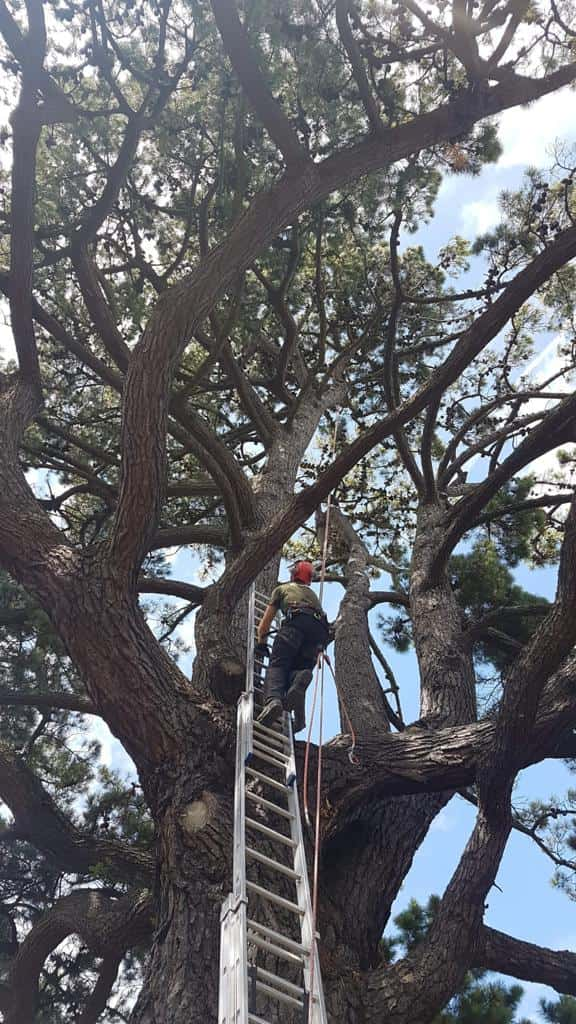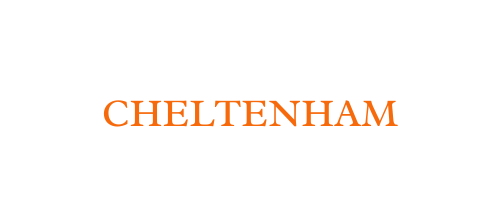Maintaining your trees is an important part of keeping your garden healthy, safe, and attractive. However, when it comes to larger branches, many homeowners wonder whether it’s something they can tackle themselves or if professional assistance is required. While light pruning and minor trimming can be managed safely with care, cutting back large branches demands skill, the right equipment, and an understanding of how trees respond to pruning. At EM Tree Surgery Cheltenham, we provide expert advice and tree care across Cheltenham, Gloucestershire, helping property owners make safe, informed decisions about when to call in help.
Understanding Tree Growth and Branch Structure
Before considering any cutting, it’s essential to understand how trees grow. Every branch plays a role in supporting the tree’s balance, stability, and health. Removing or cutting large branches incorrectly can:
- Weaken the tree’s structure.
- Cause unnecessary stress or shock.
- Leave open wounds that invite decay or disease.
- Affect how evenly the canopy develops.
Proper pruning requires knowledge of branch collars, angles, and growth patterns to ensure cuts promote healthy regrowth rather than long-term damage.
When It’s Safe to Trim Small Branches Yourself
Minor maintenance pruning — such as removing small, low-hanging, or dead twigs — can usually be done by homeowners with the right tools and care. Suitable tasks include:
- Removing small dead or damaged branches that are within easy reach.
- Trimming lightweight shoots to improve shape and light penetration.
- Clearing crossing branches that may rub together and cause wounds.
Even for small cuts, it’s important to use clean, sharp tools and make cuts just outside the branch collar (the swollen area at the base of the branch). This allows the tree to heal naturally and resist infection.
The Risks of Cutting Back Big Branches
Larger branches, especially those higher up or connected to major limbs, present several risks if handled incorrectly. Common problems include:
1. Splitting and Tearing
Heavy branches can split or tear away from the trunk while being cut, leaving large wounds that take years to heal — if they heal at all.
2. Uncontrolled Falls
Large branches can swing or fall unpredictably during cutting, posing a serious safety hazard to both people and property.
3. Damage to the Tree’s Stability
Removing too much from one side or cutting main supporting limbs can throw off the tree’s balance, increasing the risk of toppling during strong winds.
4. Decay and Disease Entry
Incorrect cuts expose inner wood to rot and fungal infections. Professional arborists use specific techniques to reduce this risk and encourage healthy recovery.
5. Tool and Height Safety
Working at height or using powered cutting equipment such as chainsaws requires training and experience. Many DIY attempts result in injuries due to unstable ladders, misjudged cuts, or inadequate safety precautions.
When to Call in Professional Tree Surgeons
There are clear situations where calling a professional tree surgeon such as EM Tree Surgery Cheltenham is the safest and most effective option.
Call for professional help if:
- The branch is thicker than 5–7 cm in diameter.
- It’s located high up or near power lines.
- The tree is close to a building, fence, or garden feature.
- The branch supports other major limbs or affects the overall shape.
- You notice decay, hollow sections, or cavities in the wood.
Tree surgeons have the expertise and specialist equipment to manage heavy branches safely. They can assess the tree’s structure, identify the best points for pruning, and ensure the work supports long-term growth and stability.
The Professional Approach to Large Branch Removal
At EM Tree Surgery Cheltenham, we follow a precise and controlled method for removing larger branches to protect both the tree and the surrounding area.
Step 1: Assessment
We evaluate the tree’s health, balance, and surrounding space to determine how the work can be completed safely and effectively.
Step 2: Sectional Cutting
Instead of removing a heavy limb all at once, it’s cut in smaller sections to avoid sudden drops or tearing.
Step 3: Correct Pruning Cuts
Each cut is made just outside the branch collar, allowing natural healing and reducing the risk of disease.
Step 4: Clean-up and Aftercare
Once the work is complete, we ensure the site is tidy and provide advice on how to help the tree recover and thrive after pruning.
The Benefits of Professional Assistance
Hiring professionals brings peace of mind and ensures your trees are maintained to a high standard. The benefits include:
- Enhanced tree health: Proper pruning techniques support strong, balanced growth.
- Improved safety: No risk of falling branches or equipment-related injuries.
- Aesthetic results: Trees are shaped with care to complement the landscape.
- Long-term protection: Reduces future problems caused by poor cutting or structural weakness.
Maintaining Healthy Trees in Your Garden
Regular maintenance and inspections can help avoid the need for major cuts in the future. Smaller, more frequent pruning keeps your trees in shape and reduces stress. Seasonal care — particularly during late winter or early spring — allows trees to heal more efficiently and grow stronger throughout the year.
Conclusion
While it might seem tempting to cut back big branches yourself, large-scale pruning is a complex task that can easily go wrong without the right knowledge and tools. For the safety of both your property and the tree, it’s always best to call in professional help.
For expert advice and safe, efficient tree care in Cheltenham, Gloucestershire, EM Tree Surgery Cheltenham offers specialist services in pruning, branch removal, and all aspects of tree maintenance to keep your trees healthy, balanced, and beautiful all year round.
Call us on: 01242 569 996
Click here to find out more about EM Tree Surgery Cheltenham
Click here to complete our contact form and see how we can help with your tree needs.

